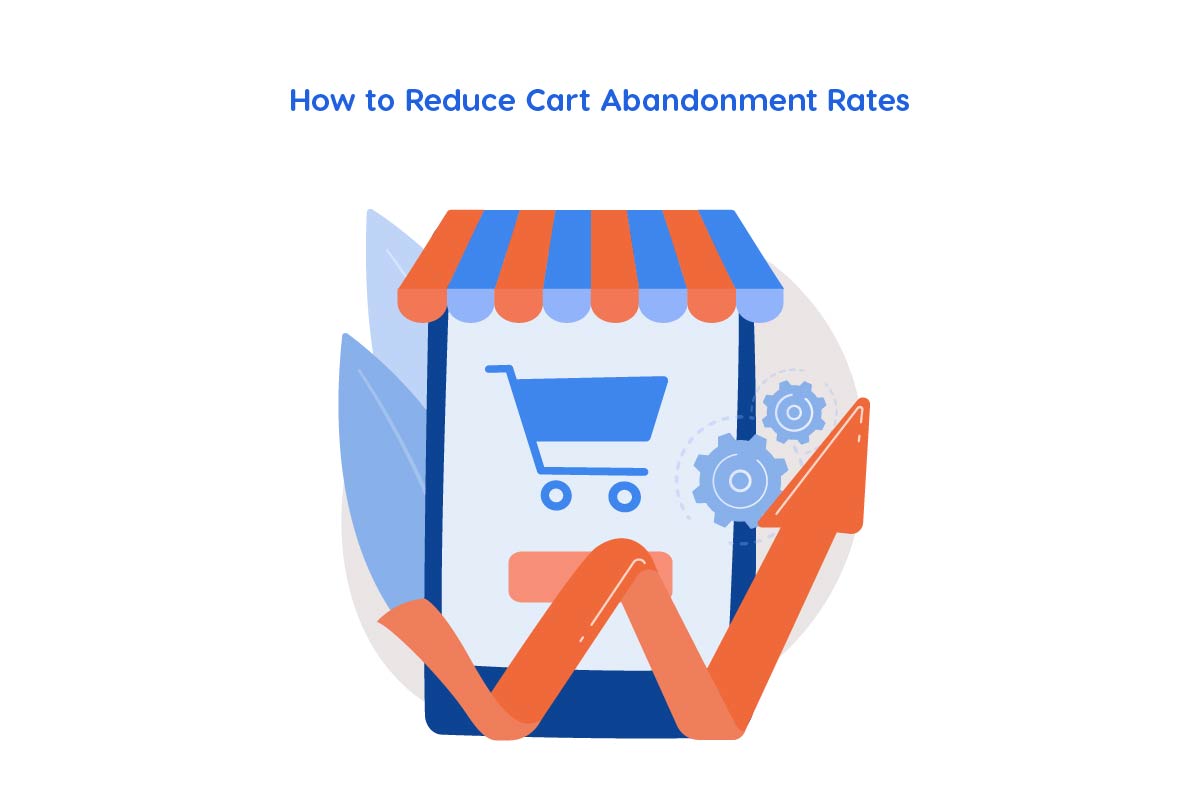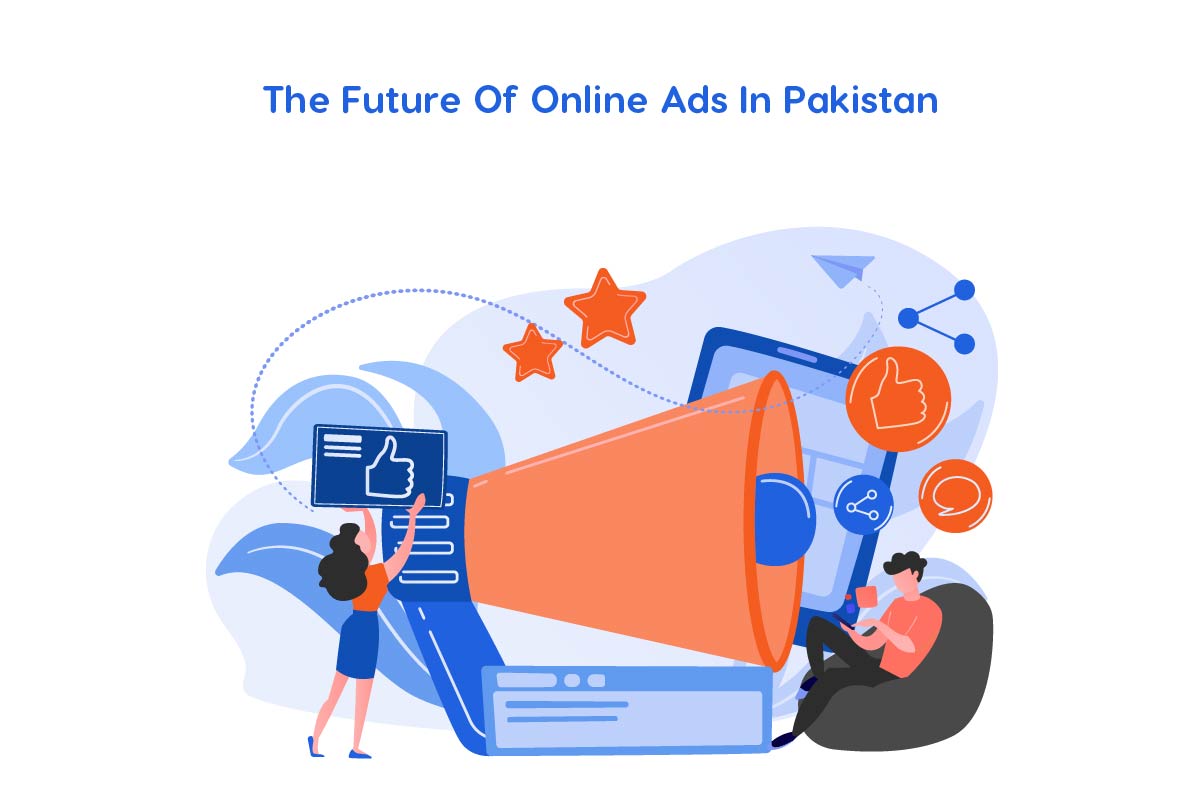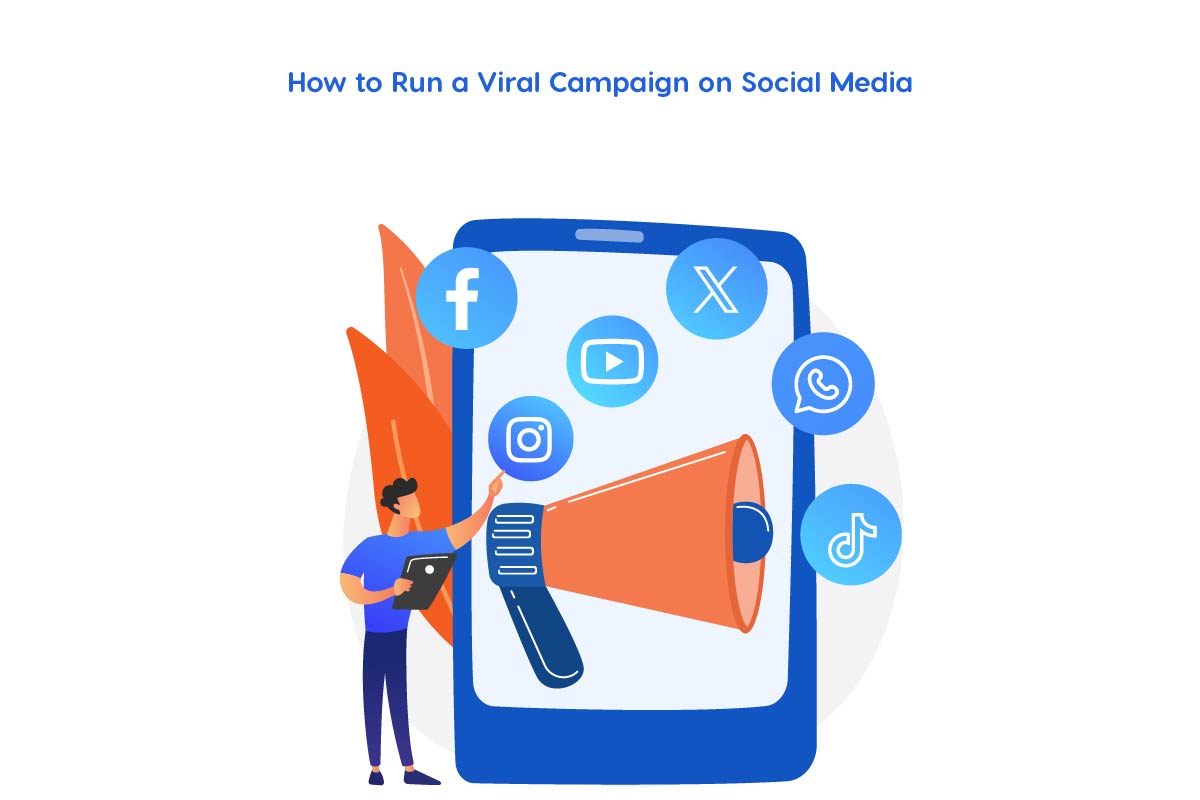Conducting a business in the current dynamic world is much different than operating one 10 years ago. It is no longer a question of selling a product or service and letting customers continue visiting. There is more competition, customers are becoming smarter, and technology continues to transform the way business is conducted. Companies that want to survive and develop in 2025 cannot afford to look at the superficial figures such as sales and profits. They must go deeper and evaluate the true performance of their strategies. It is here that Key Performance Indicators (KPIs) are introduced in. KPIs are the score cards of the business. As a doctor measures blood pressure and heartbeat to know how healthy a person is, the KPIs indicate how healthy a company is. They are quantifiable figures which determine whether your business is on the correct track or whether you need to improve.
As an example, a company may assume that it is doing well, since the sales are stable, but KPIs may point at something that is not obvious, like the increasing marketing expenses, dissatisfied customers, or even demotivated staff. It is possible that business owners will fail to notice the issues and only realize it when it is too late without these indicators. To grow and remain relevant in 2025, you do not just need to follow dozens of random numbers associated with your company. Rather, concentrate on the key KPIs that would have a direct impact on growth, customer satisfaction and profitability.
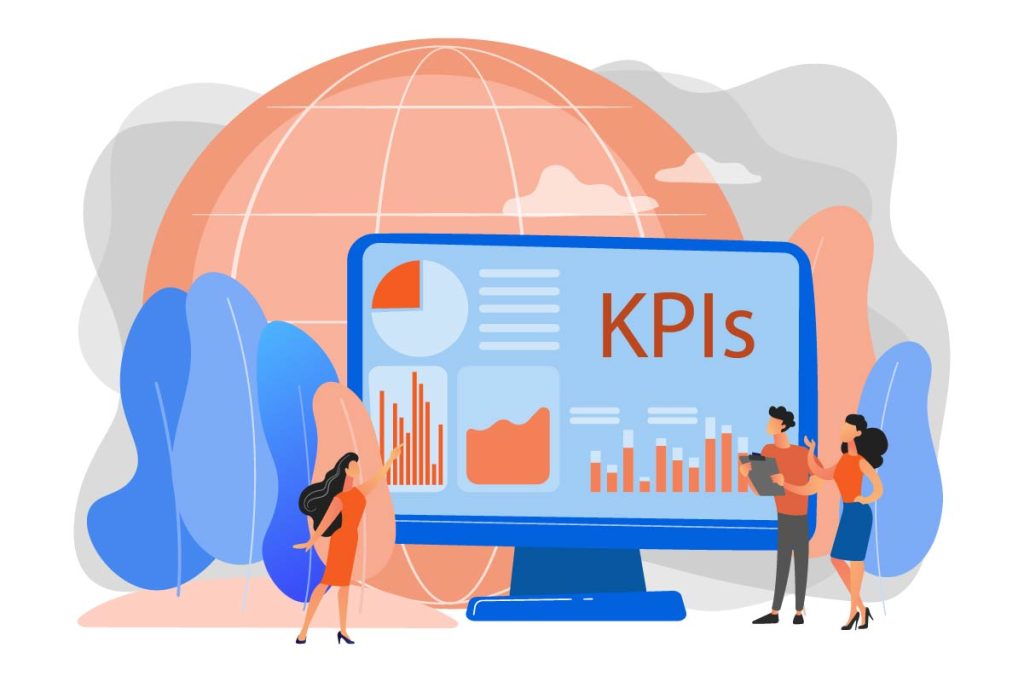
Stay Ahead in 2025 with These 5 Essential KPIs
Below we are sharing five essential KPIs that every business should monitor in 2025. These indicators will help you track performance, make smarter decisions, and stay competitive in a changing market.
1- Customer Acquisition Cost (CAC)
What it means:
Customer Acquisition Cost (CAC) is the total amount of money that you will spend to attract a single new customer. To a business in Pakistan this can include:
Digital advertisements
Conventional advertisements
Sales staff costs
Promotional offers
Marketing samples
Online advertisements are not the only thing about CAC, it is all about getting a Pakistani customer to believe in your brand and make that first purchase.
Why it matters in Pakistan
The Pakistani market is also distinct since the customers are extremely price sensitive and love discounts. There is an increased popularity of online shopping and online payments. The online shopping habits have been made known to people through the platform such as Daraz, Foodpanda, Careem, and Savyour, yet businesses are spending a lot of money on advertisements to compete.
When your CAC is excessively high, then you are excessively offering discounts or excessive advertisements without creating any long term loyalty. By 2025, when inflation will be impacting the purchasing power, Pakistani customers will be making more decisions on where to dispose money. Companies should ensure that all the rupees used to get customers give returns in sales.
Challenges Pakistani businesses face with CAC in 2025:
High ad costs on Meta & TikTok:
Digital ad prices in Pakistan are rising, especially in peak seasons like Eid, Ramzan, and wedding season.
Trust issues in online shopping:
Many customers hesitate to buy from new or lesser-known brands due to fear of fraud or poor product quality. So businesses need to spend more on building credibility.
Preference for discounts:
Pakistani buyers love sales. This mostly pushes businesses to cut prices heavily, increasing acquisition cost.
Competition from established players:
Giants like Daraz, GulAhmed, Khaadi and Foodpanda have large ad budgets making it harder for small brands to compete.
Cash-on-Delivery culture:
Since many customers still prefer COD, businesses face extra logistics costs and sometimes order cancellations, which indirectly increases CAC.
2- Customer Lifetime Value (CLV)
Customer Lifetime Value (CLV) refers to the overall sum of money that a customer would spend in your company over the course of the relationship that they have with you. It is not only about whether it is their first or not, but the general process of it. How frequently they purchase and how long they remain with it and how much they spend on each purchase. When a person makes a purchase in your clothing store during one sale, they may have a low value. When the other customer makes a habit of coming back every year to shop, purchasing accessories and further recommending you to their friends, their lifetime value is significantly greater.
Its Importance in Pakistani Market
Pakistani customers are the relationship oriented ones. They prefer to remain with the brands that they trust particularly when they feel appreciated and nurtured. By 2025, due to a growing number of online shoppers and inflation effecting purchasing power, buyers will be very deliberate in the type of brand they use that provides the highest experience and best value prices.
When your CLV exceeds your CAC then you are making more money on customers than you are spending to acquire them. It is this balance that will render a business profitable in the long run.
This is important in Pakistan as:
- The cost of marketing is increasing.
- The rivalry is stiff. The local companies are fighting against such giants as Daraz, Foodpanda, Careem and international e-commerce stores.
- The loyalty of customers is weak. One volatile experience such as a delayed delivery or a poor quality of the goods can drive them to the rivals.
- That way, the emphasis on CLV enables the businesses to develop a continued loyalty rather than short-term sales.
Pakistani business problems in CLV:
Price sensitivity:
Pakistani customers will jump ship very fast to another brand with discounts, even though they might have liked yours.
Trust issues:
People have been more skeptical about fake products, low quality or fraudulent sellers. People will only be loyal to companies that demonstrate their credibility.
Lack of after sales service:
Pakistan has many companies that do not support their customers even after selling and this decreases the loyalty.
Limited loyalty programs:
In comparison with international markets, there is hardly any Pakistani brand with a loyalty or membership program.
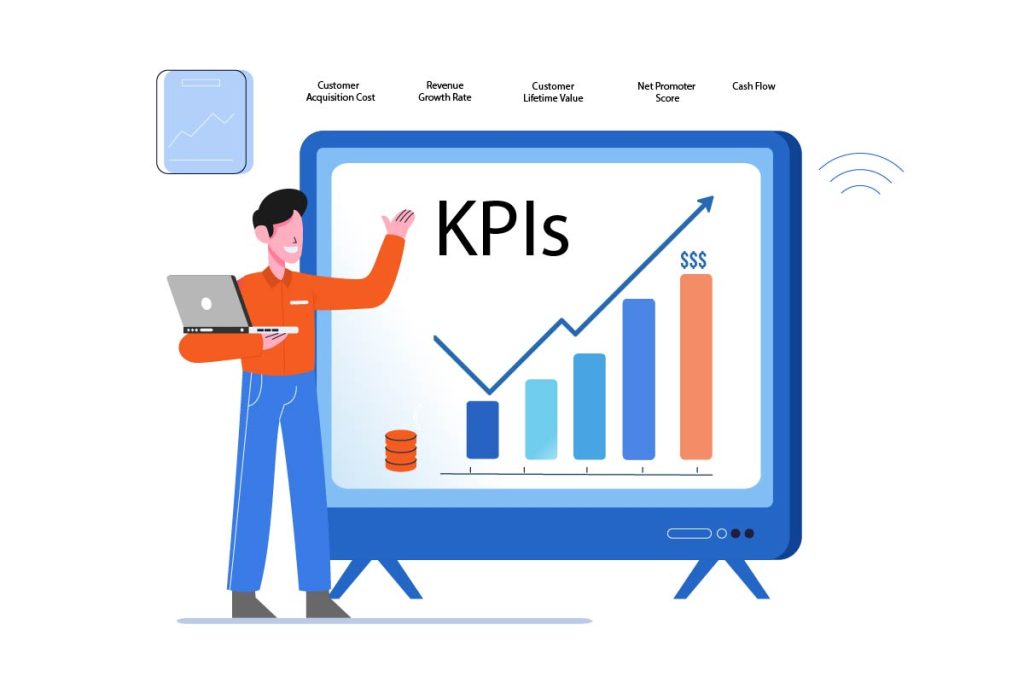
3- Employee Productivity and Engagement
Employee Productivity and Engagement is a KPI that demonstrates the performance of your team and how much it is motivated about working. Productivity is a measurement of output. The amount of work done by an employee or a group of employees over a given span. Engagement is a measure of commitment how much passion, energy, and loyalty employees commit to their work.
This KPI can include:
Work efficiency
Sales performance
Punctuality and attendance
Training attendance
Satisfaction of the employees
In simple terms, this KPI would provide the responses to two key questions:
- Do my workers perform well?
- Do they identify with the objectives of the company?
Why it matters in 2025:
The future of work in 2025 is not the same as it used to be. The remote, hybrid or flexible work models are being implemented in many companies in Pakistan and globally. Gen Z and other younger employees are seeking more than just a paycheck, they seek a place where they feel valued, supported and heard.
| Proactive Employees | Uninvolved Workers |
|---|---|
| Work harder, remain longer in the firm, and generate great customer experiences. | Might be present, but absent-minded, miss deadlines, produce less, and even quit. |
Employee engagement is particularly significant to Pakistani firms since IT, banking, textile exports, and e-commerce industries require skilled employees. Any loss of any of the trained employees may be very expensive both in the recruitment process and in customer satisfaction.
4- Net Promoter Score (NPS)
NPS is a metric that determines the level of happiness and loyalty among your customers. It is a by-product of a just survey question:
On a 0-10 scale, how probable do you think it is to recommend our business to a friend or colleague?
The customers can be categorized into 3 based on their responses:
| Category | Score Range | Description |
|---|---|---|
| Promoters | 9–10 | Happiest clients who are fond of your brand. They spread positive word-of-mouth and attract new clients. |
| Passives | 7–8 | Customers who are satisfied but not excited. They may switch to competitors if offered a better deal. |
| Detractors | 0–6 | Unhappy customers who may leave, write bad reviews, and damage your reputation. |
Calculation
Why it matters in 2025:
The Word-of-mouth has never been weak in Pakistan. People trust the recommendations of their family, friends and what people say online and then make a purchase. As social media platforms such as Facebook, Instagram and TikTok emerge, a single negative experience can go viral. Similarly, positive commentaries can attract a host of new consumers.
A high NPS implies that your clients have trusted you, like your products or services and will refer you. This creates free marketing. A low NPS indicates significant problems with either quality, pricing, or customer service that should be rectified before customers can move to competitors.
How to Improve Your NPS:
Act Quickly on Complaints
Waiting for issues to accumulate is not advisable. In case of bad experience of a customer reply and fix it. In the case of a late delivery, discount or apology would convert a detractor to a promoter.
Personalize Experiences
Pakistani buyers are fan of businesses prioritizing them. Communicate using name, send personal offers during Eid or Independence Day or provide loyalty benefits. These minute details create better ties.
Regular Engagement
Keep in touch with your customers via SMS, WhatsApp messages, or social media. Customers can feel special by a simple thank you note or requesting them to give a review after purchasing their products.
Train Your Staff
Courteous and friendly communication works wonders whether it involves the sales personnel in a retail store or the call center personnel in a bank. Customers When employees are trained to treat customers respectfully and patiently, they also boost your NPS directly.
Enhance Quality of Product/Service.
In some cases, the most effective NPS boosting strategy is as simple as making sure that your product performs as it promises, be it a water filter, food delivery, or a digital app.
5- Revenue Growth Rate
Revenue Growth rate is used to determine the rate of increase or decrease of your business earnings within a given time period say monthly, quarterly or annually. It is among the most significant KPIs since it is as simple as either an indicator of whether your business is progressing or not. Positive growth rate indicates that your sales are gaining whereas negative growth rate is an indicator that you may have an issue at hand that should be addressed.
It will answer the following question: “Is my business making more money this year than the previous year?
Why it matters in 2025
Pakistani businesses are changing quickly in the year 2025. As consumer habits change, revenue growth is not only a matter of survival, but also a matter of early opportunity recognition.
| Type of Business | What Revenue Growth Rate Reveals |
|---|---|
| Small Companies | Shows whether new promotional activities, online store, or Daraz/Facebook shop sales are bringing worthwhile results. |
| Startups | Investors and banks usually check revenue growth before financing. A steady growth rate builds trust and attracts funding. |
| Established Companies | Highlights if the brand is keeping pace with competitors or losing market share. |
In Pakistan where inflation and shifting economic conditions influence the consumer buying power, monitoring this KPI assists you in adjusting the prices, lowering the costs, and yet remain profitable.
Final Thoughts
In 2025, businesses cannot rely only on guesswork. Tracking the right KPIs will help you understand your performance, improve decision making and stay competitive. The five KPIs are not just numbers. They are tools to measure success, find weaknesses, and unlock growth opportunities. By focusing on these metrics, your business will not only survive but also thrive in the changing market.
